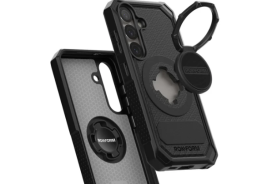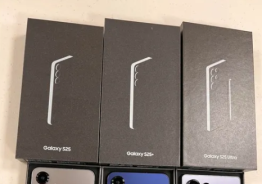With reports of Apple's media event appearing underwhelming, eyes are shifting towards competitors' offerings, including Nokia's Lumia 920. The Windows Phone 8 device brings Nokia's customary striking hardware while running the next-generation version of Windows Phone that competes with iOS 6 and Android 4.1 Jelly Bean. Here is how the two smartphones stack up against each other.
Hardware
Nokia's phone uses a 4.5-inch screen with a 1280 x 768 resolution, compared to the iPhone's four inch screen with 1136 x 640 resolution. Both displays are capacitive and multitouch. Nokia's display just edges ahead with 336 pixels per inch compared to the iPhone's 326 pixels per inch.
Nokia's Lumia 920 measures 5.11 x 2.79 x 0.42 inches, weighing 0.41 pounds. Apple's device is 4.87 x 2.31 x 0.31 inches, the thinnest iPhone yet and seemingly the thinnest smartphone on the market.
The Lumia 920 comes in white, black, yellow, red, and grey; the covers for the devices are removable. The iPhone 5 is available in either white/silver or black/grey.
Both phones support video output and a 3.5mm headphone jack. Apple is offering the Lightning connector while Nokia supports microSD.
Internals
The Lumia 920 uses a Qualcomm Snapdragon S4 processor at 1.5GHz with two cores, compared with the iPhone 5's A6 processor, the fastest Apple offers. RAM inside the Lumia 920 is 1GB, like the iPhone 5. The internal memory is only 32GB for Nokia's device compared to 16, 32, and 64GB for iPhone 5, which has no external storage.
Both phones use a compass, accelerometer, gyroscope, proximity sensor, and ambient light sensor.
Apple quotes an untested figure of eight hours of battery usage for its iPhone 5, whose battery is not removable. The Lumia 920 uses a 2000 mAh battery that Nokia claimed offers 10 hours of usage, though like the iPhone, its lack of availability means that extensive testing is not possible. The battery is also not removable, although Nokia's Lumia 920 supports wireless charging.
Cameras
Both phones use a 1.2-megapixel camera with a video resolution of 720p and a framerate 30 frames-per-second (FPS). The rear PureView camera on the Lumia 920 is 8.7 megapixels, compared to eight megapixels. Both use LED flash autofocus, with a 1080p resolution at 30 frames-per-second (FPS).
Connectivity
The Lumia 920 supports GSM frequencies 1900, 1800, 900, and 850; it also supports UMTS frequencies 2100, 1900, 900, and 850. GSM frequencies for the iPhone are 1900, 900, and 850; the CDMA frequencies for the Galaxy S3 are 1900, 800/850, and 2100. The phone supports UMTS, HSPA, and LTE (the first time for Apple). The phones both support Wi-Fi frequencies 802.11n, 802.11g, 802.11b, and 802.11a. 802.11n frequencies for iPhone 5 are 5GHz and 2.4GHz.
The iPhone 5 is announced for AT&T, Verizon, and Sprint. Samsung's Galaxy S3 supports the carriers along with US Cellular. LTE is supported and AT&T is confirmed for North America, along with Everything Everywhere for UK customers.
The Lumia 920 also uses Bluetooth 3.1; the iPhone 5 uses Bluetooth 4.0 and GPS.
Software
Nokia Lumia 920 uses Windows Phone 8, the next-generation version of Windows Phone that supports high definition resolutions and multi-core processors among other improvements. iPhone 5 uses iOS 6, bringing new apps like Passbook and Apple's mapping service Maps.
© Copyright 2025 Mobile & Apps, All rights reserved. Do not reproduce without permission.

















